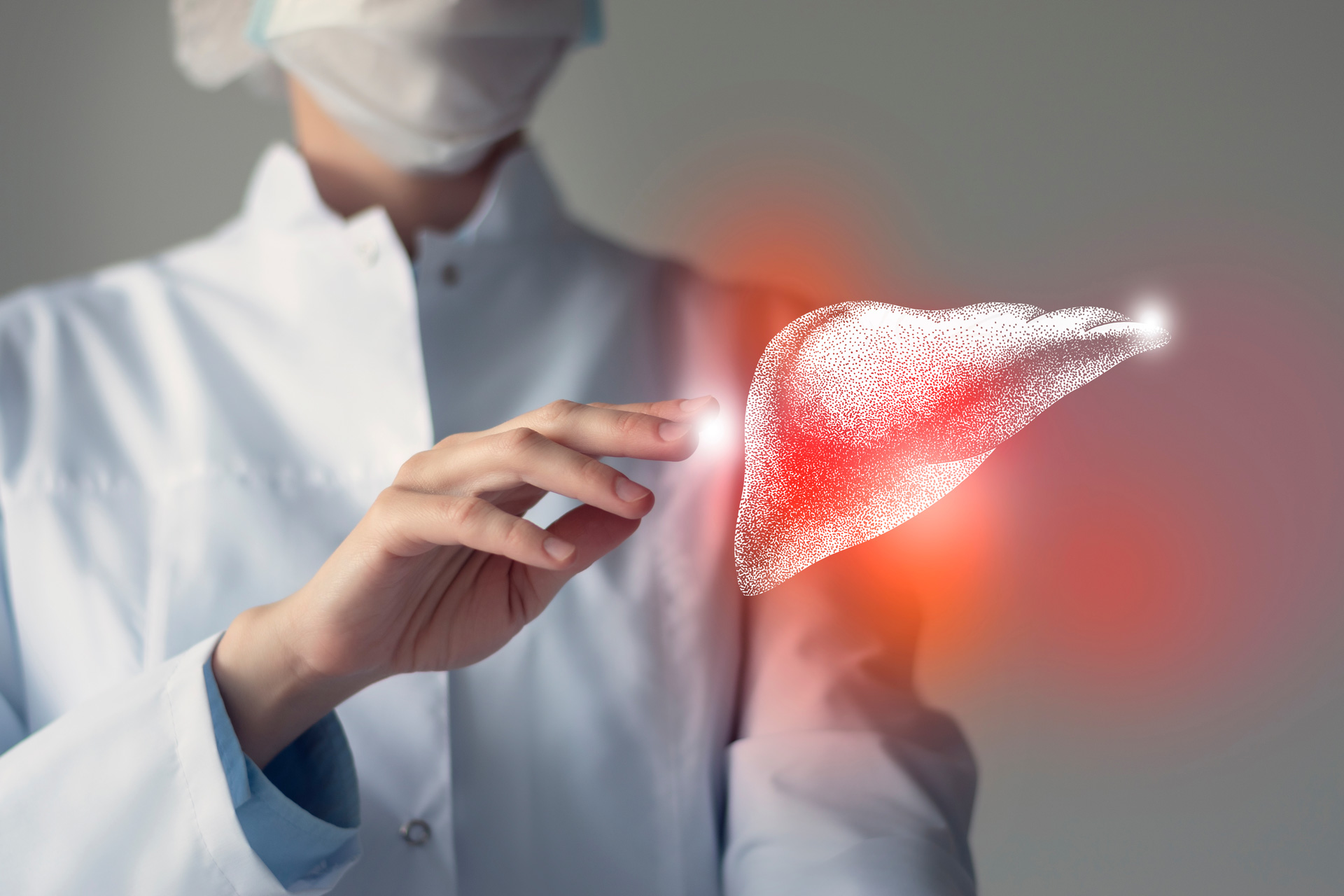Press
OWL Metabolomics contributes to the publication One‐step non‐invasive diagnosis of metabolic dysfunction‐associated steatohepatitis and fibrosis in high‐risk population.
(Bilbao, August 7, 2024) The United European Gastroenterology Journal has just published a groundbreaking study in the field of hepatology. The research, conducted by Dr. Paula Iruzubieta and Dr. Javier Crespo, in collaboration with researchers and scientists from 7 Spanish hospitals, and with the OWL Metabolomics scientific team formed by Dr. Rebeca Mayo, Ibon Martínez-Arranz and Itziar Mincholé, has presented the study one‐step non‐invasive diagnosis of metabolic dysfunction‐associated steatohepatitis (MASH) and fibrosis in high‐risk population. You can access the study via this link (https://onlinelibrary.wiley.com/doi/epdf/10.1002/ueg2.12589).
One-step diagnosis is possible with the OWLiver Panel, which incorporates the MASEF Score into its algorithm.
The research focused on the evaluation of the OWLiver test as a tool for the one-step diagnosis of MASH and liver fibrosis in patients at higher risk of developing MASH (older than 50 years-old, diabetic, and overweight or obese). The test correctly classified 86.1% of patients with MASH, demonstrating a performance in terms of accuracy, sensitivity, specificity, positive predictive value, and negative predictive value of 0.77, 0.86, 0.35, 0.85, and 0.36, respectively. The OWLiver panel correctly classified 86.1%, 78.8%, and 90.7% of patients with MASH, at-risk MASH (MASH + Fibrosis ≥ 2), and advanced fibrosis, respectively.
Advantages of the OWLiver panel
The study also highlights the advantages of using the OWLiver panel over other non-invasive methods for the determination of significant and advanced fibrosis. In addition to the OWLiver panel being a blood-based test and therefore offering greater accessibility than other image-based tests, the inclusion of the MASEF score into the algorithm translates into higher performance for the diagnosis of high-risk MASH than other non-invasive tests such as the FAST score. Furthermore, the combination of several non-invasive tests such as FIB-4, NFS, VCTE, and FAST for the determination of significant and advanced fibrosis did not show any benefit to the use of MASEF alone.
Another advantage in using the OWLiver Panel is that, thanks to the second algorithm, the OWLiver DM2, it is possible to discriminate between isolated steatosis and MASH with the same blood sample. In the study, the OWLiver Panel showed good sensitivity (86.1%) and good positive predictive value (85%) for the diagnosis of MASH. Only 13.9% of the patients in the study with MASH were classified as isolated steatosis.
Dr. Javier Crespo points out that “the OWLiver Panel could be very beneficial in populations at high risk of MASLD, from primary care and endocrinology settings, as it would potentially reduce the need for additional diagnostic tests, thus improving care pathway for this prevalent liver disease.”
Significant Contributions to the Field of Hepatology Research
The authors of the study, which includes María Teresa Arias‐Loste, Luis Ibañez‐Samaniego, Javier Ampuero, Javier Abad, Rosa Martín‐Mateos, Ana Belén Fernández‐Laso, Agustín Albillos, Rafael Bañares, José Luis Calleja, Manuel Romero‐Gómez y Rocío Aller, have made significant contributions to the advancement of knowledge in this critical field of research.
About OWL Metabolomics
OWL Metabolomics is a global provider of metabolomics services to the pharmaceutical industry, primarily focused on supporting clinical trials in liver diseases and other prevalent human diseases. It also focuses on research in indications where metabolomics plays a key role, including drug therapy monitoring and biomarker discovery.
Since its inception in 2002, the Basque company has collaborated with numerous MASH pharmaceutical and biotechnology companies and research organizations around the world in the hepatology field, thanks to the creation of its exclusive metabolomic analysis platform. Additionally, OWL Metabolomics develops, and markets non-invasive diagnostic tools based on metabolomics.






